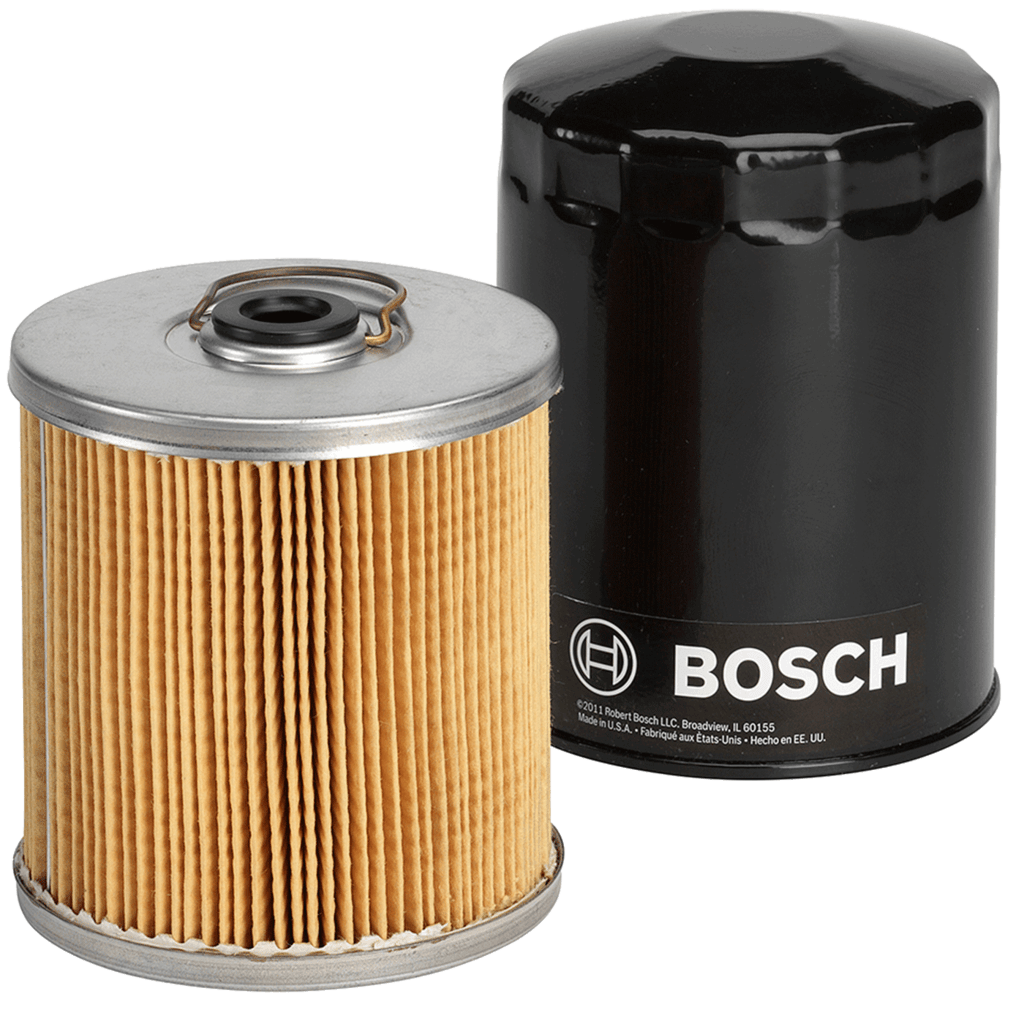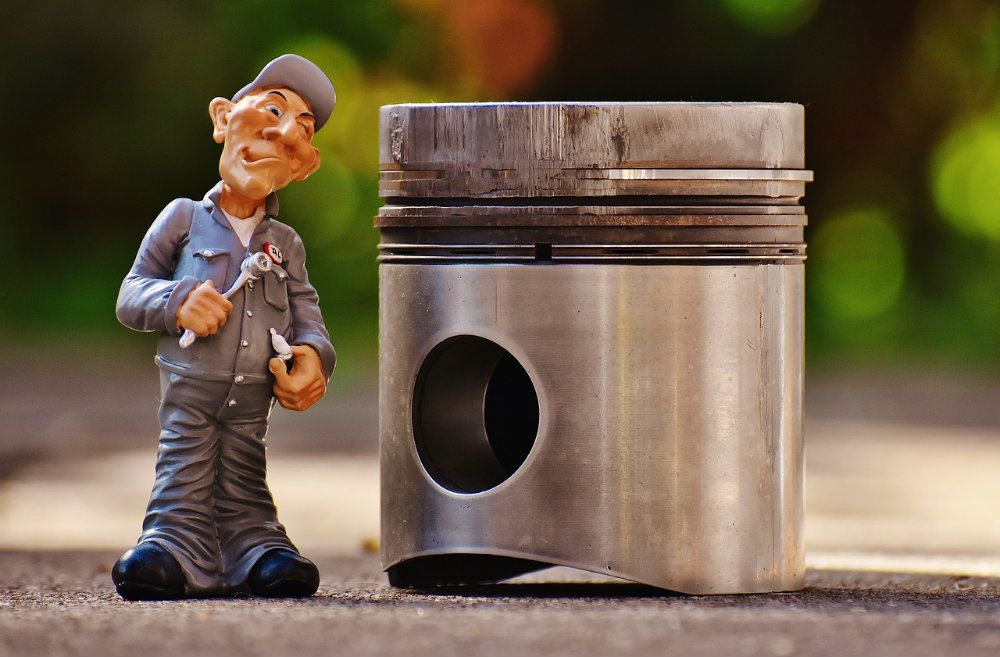In today’s automotive world, consumers have more options than ever when it comes to car care and parts for performance and optimization. While parts from Original Equipment Manufacturers remain available for purists, aftermarket auto parts have seen a significant rise in popularity over the last several years, particularly with the mass availability from online retailers.
So how do you know which parts are right for you and your car?
By Definition
Let’s start by defining each of these terms. OEM (Original Equipment Manufacturer) parts are components from the same parts manufacturer who supplied the factory. Up until recently, these were only available at authorized dealerships. However, some of these brands are now available at other retail sources.
Aftermarket parts typically refer to components manufactured by competing companies. Some may be well-known brands, and others may not. These parts have long been available from traditional brick-and-mortar auto parts stores, but are now available from many online businesses.
Benefits of OEM Parts
An EXACT replacement. You are guaranteed the OEM part will be the exact same quality as the part you’re replacing, and will fit perfectly. They are also covered by the vehicle manufacturer. Most car manufacturers have a very good warranty on their replacement parts. That warranty is usually honored by any authorized dealership in the country, and if the dealer installed the part, the warranty usually includes labor.
OEM Considerations
Pricing. When purchased at a dealer, the OEM part is usually more expensive. There is also availability to consider. If your vehicle is a less-popular brand, authorized dealers may be more widely scattered. Dealers don’t always stock the part you need, and there may be a delay if it needs to be ordered.
Benefits of Aftermarket Parts
Choice. The aftermarket has responded to customer demand by providing a much broader choice than OEM. There are well-known aftermarket brands, including “OE equivalent,” as well as mass-market and lesser known brands.
Another benefit is pricing. In general, the aftermarket competes on price. Similar to what’s described above for choices and options, there will be different price levels. Those who desire the least expensive choice can usually find that in the aftermarket.

Aftermarket Considerations
Warranty. Depending on how long you plan to keep your car, the warranty period may be more important. If comparing two aftermarket parts, be sure to compare the warranty periods. Most well-known aftermarket suppliers provide a warranty close to, or even surpassing, the OEM warranty.
Quality is another important thing to consider. Years ago, it was presumed the quality of aftermarket parts was inferior to OEM parts.
That has changed as the aftermarket has improved to meet consumer demand. In fact, in some cases, large aftermarket businesses have manufactured replacement parts which improve upon known OEM weaknesses.
Bottom Line
If your vehicle is under warranty, or if the aftermarket does not offer the part you need, you have no choice but to obtain an OEM part from an authorized dealership. At the other extreme: if you own an old car (or a brand that has gone out of business), and there is no OEM choice, the aftermarket IS your only source for parts.
We recognize there are those consumers for whom only the OEM part will suffice. However, the aftermarket has improved its offerings across the board. There are OE equivalent brand names which have branched out to offer high-quality parts for all brands, not just the ones they originally supplied. At the same time, long-time aftermarket suppliers have worked to bring their quality up to, or exceeding, the OEM standard.
As the customer, there are important things to consider when choosing between OEM and aftermarket parts.
Richard Reina is a Product Trainer at CARiD.com and lifelong automotive enthusiast.


